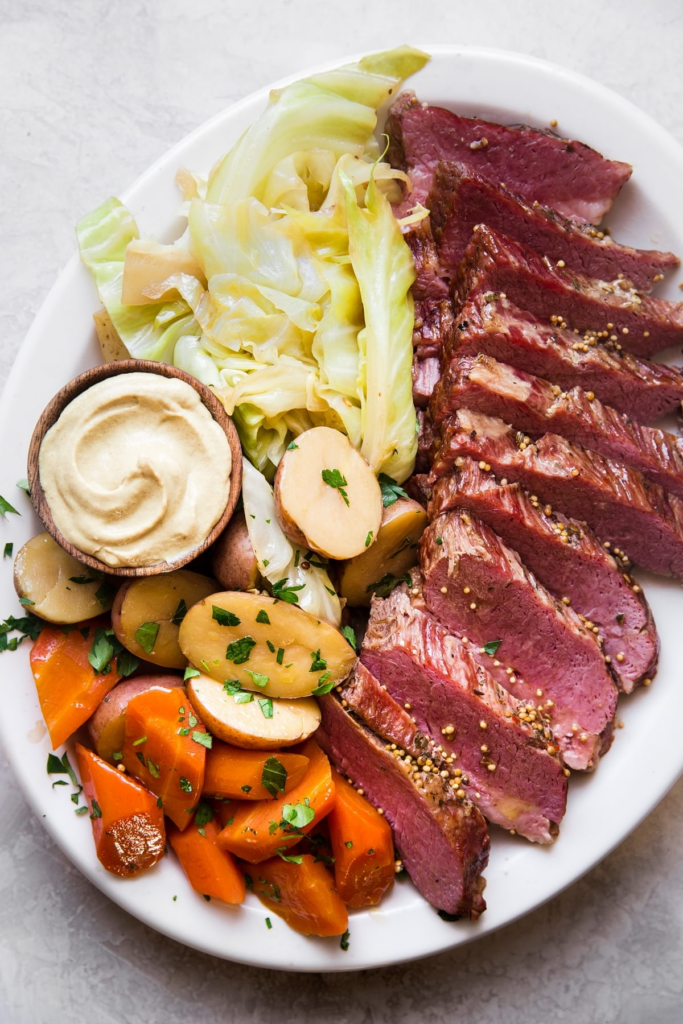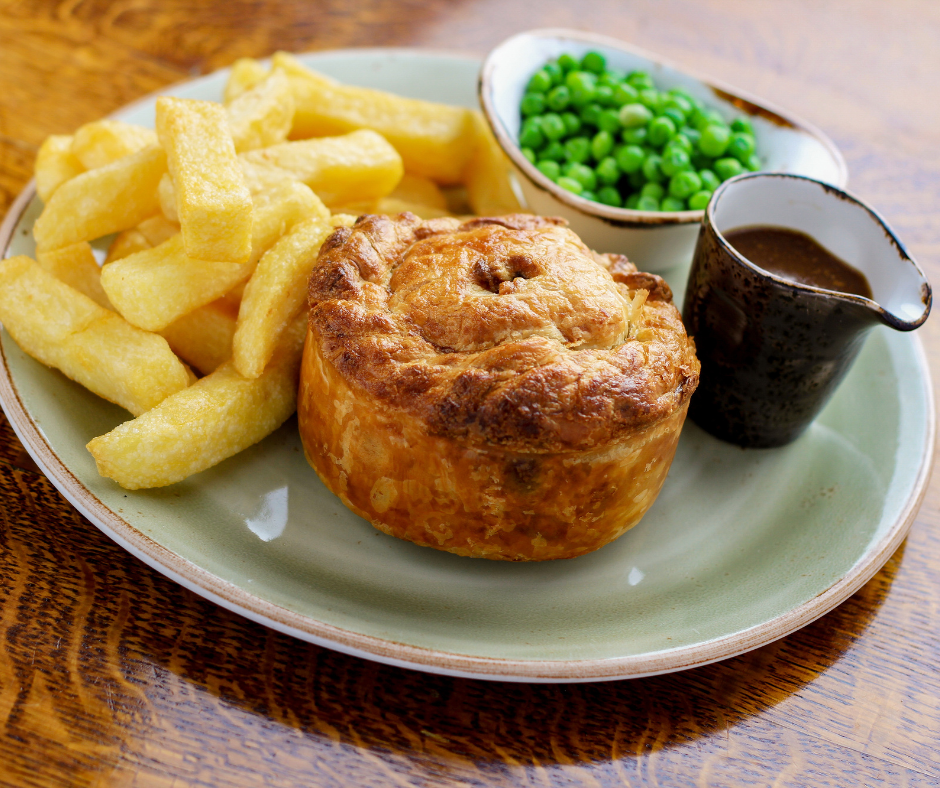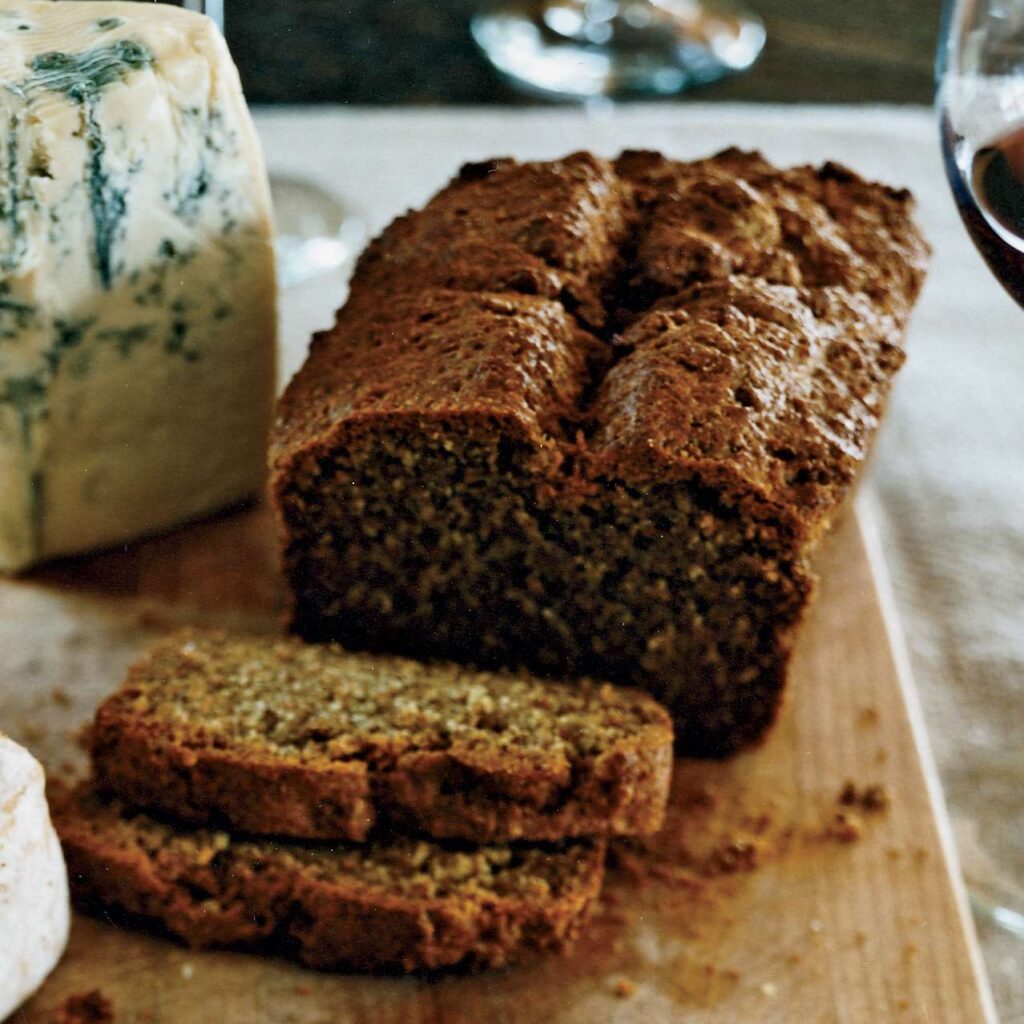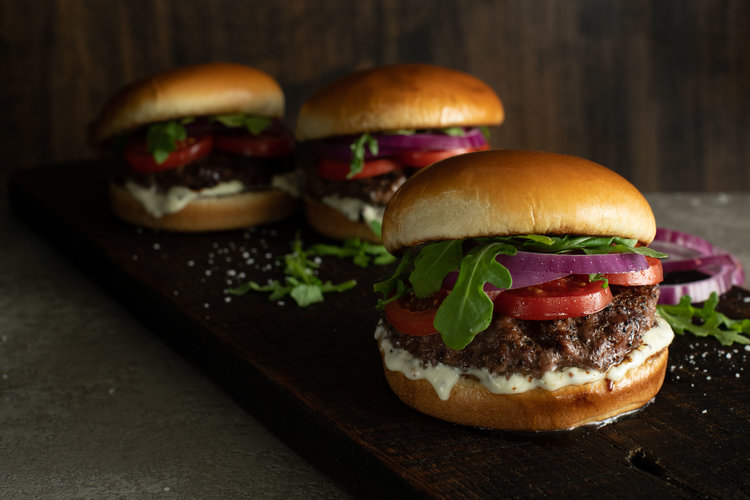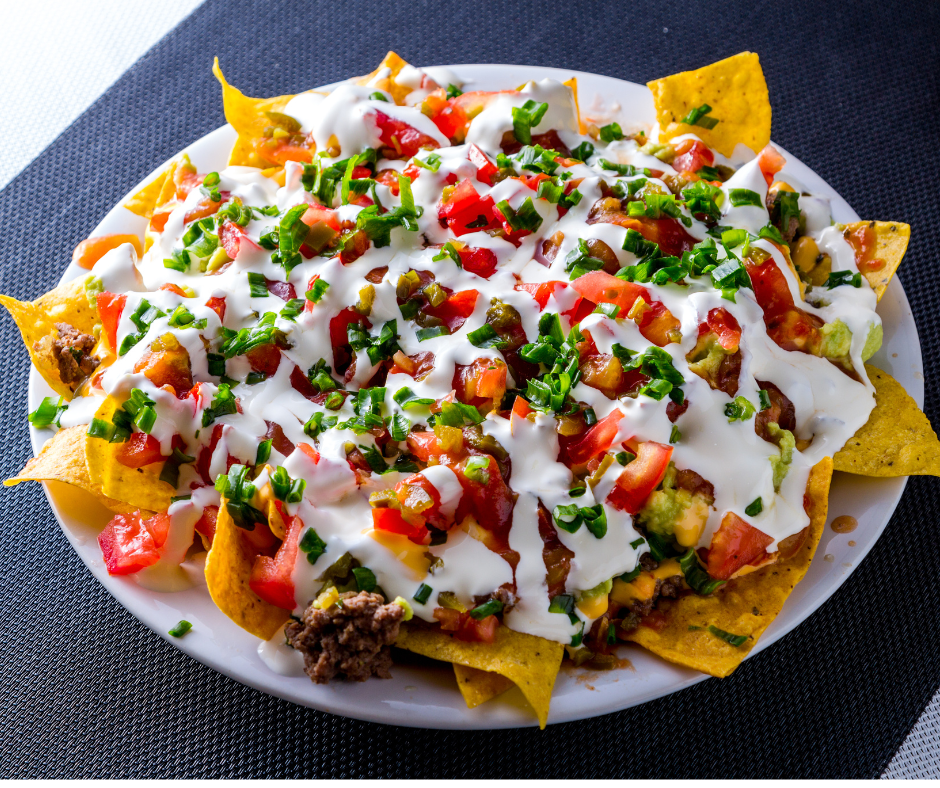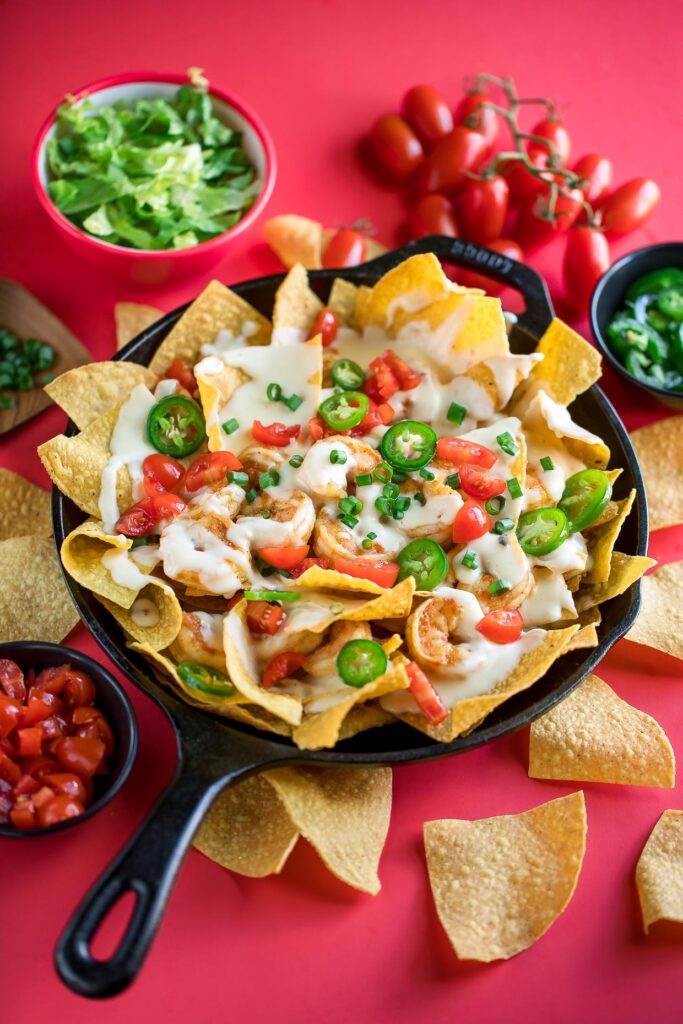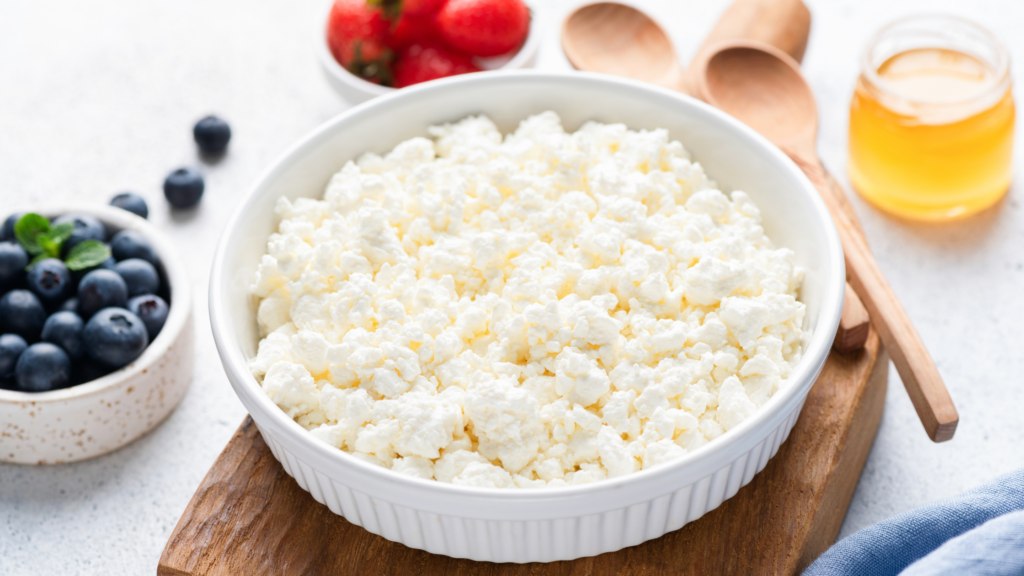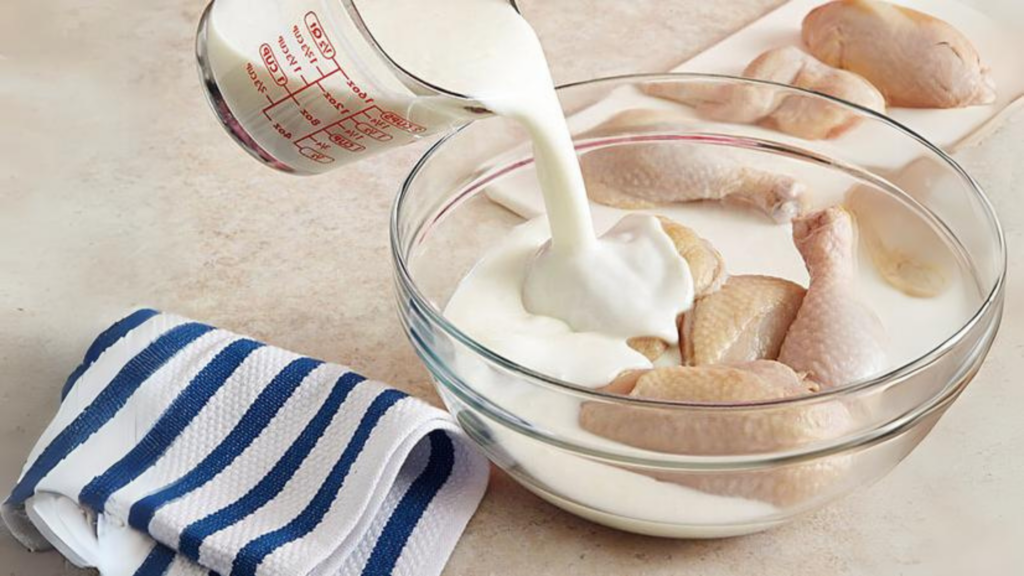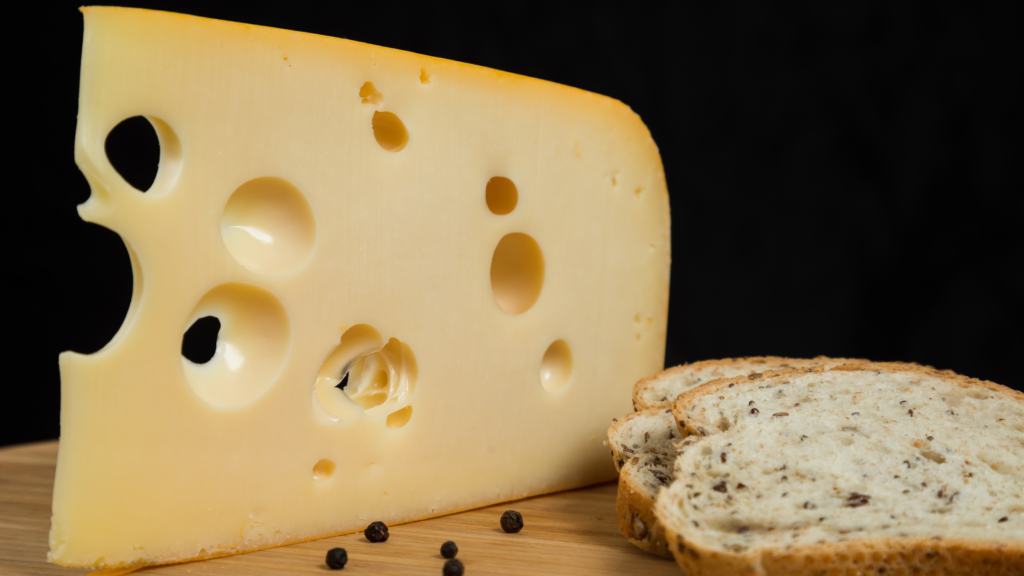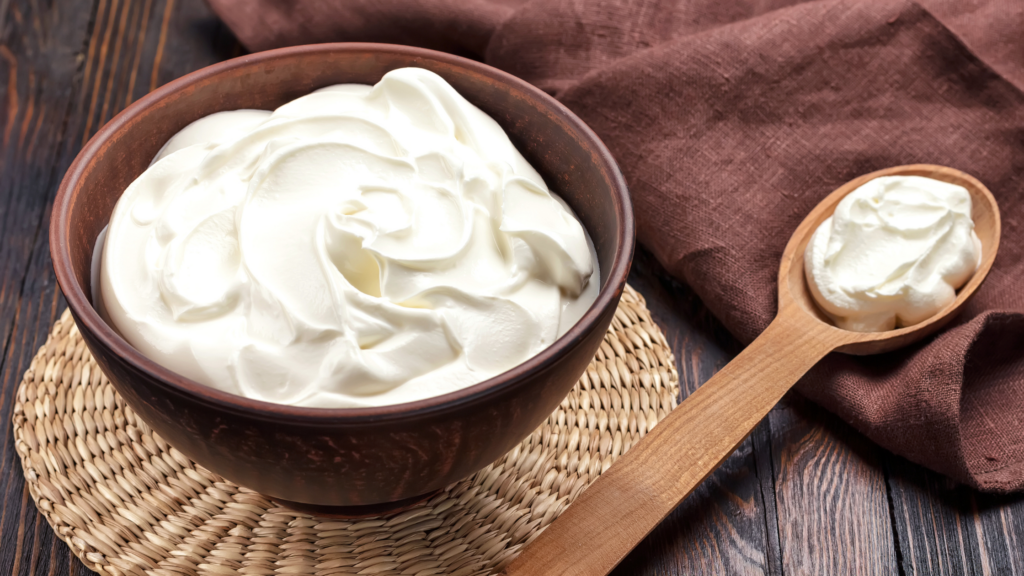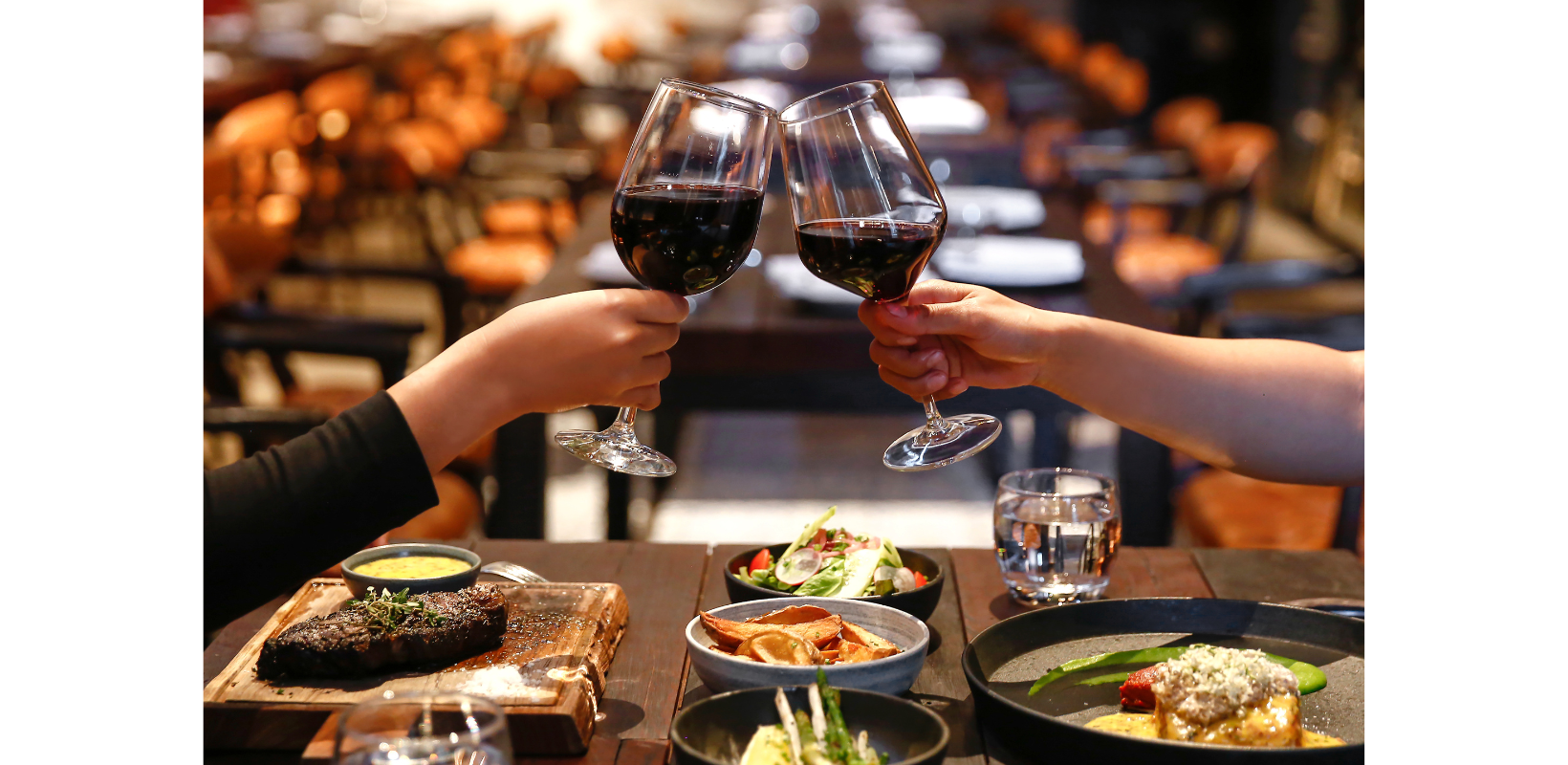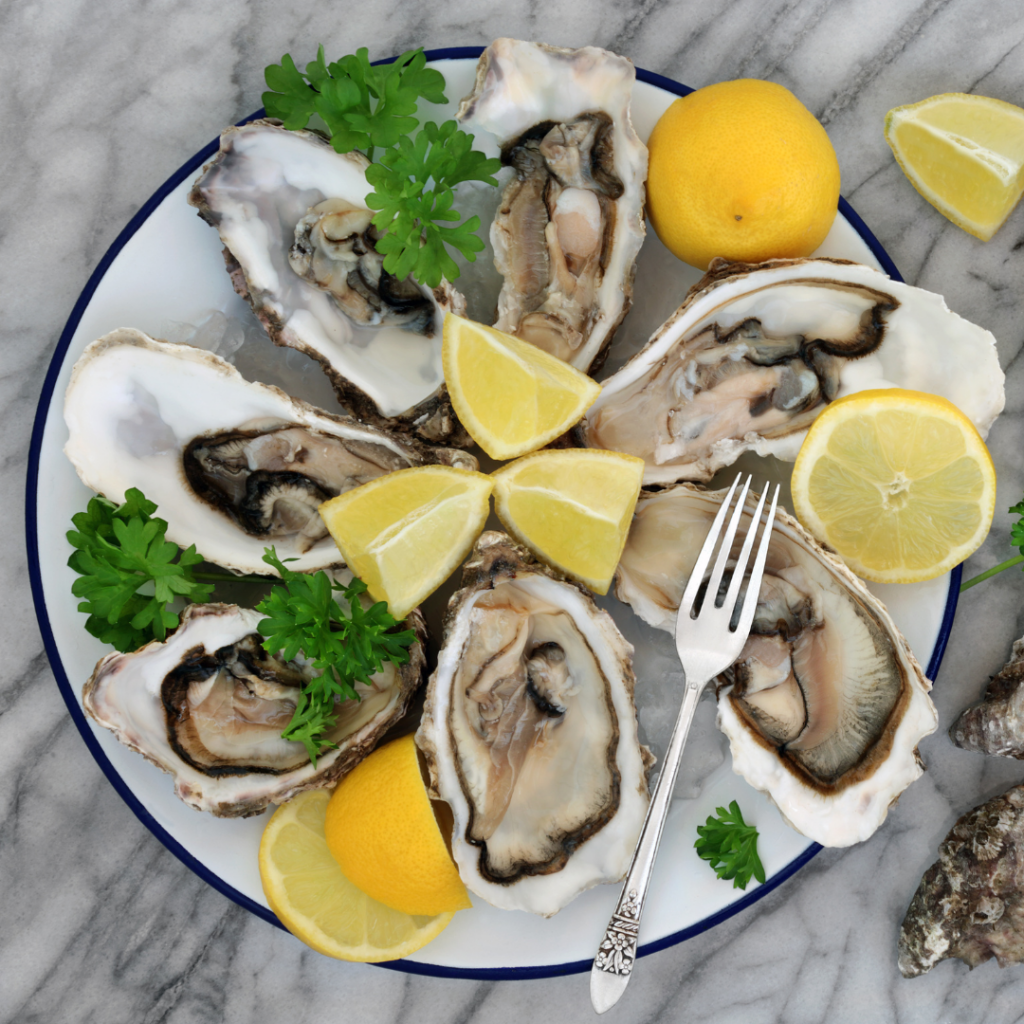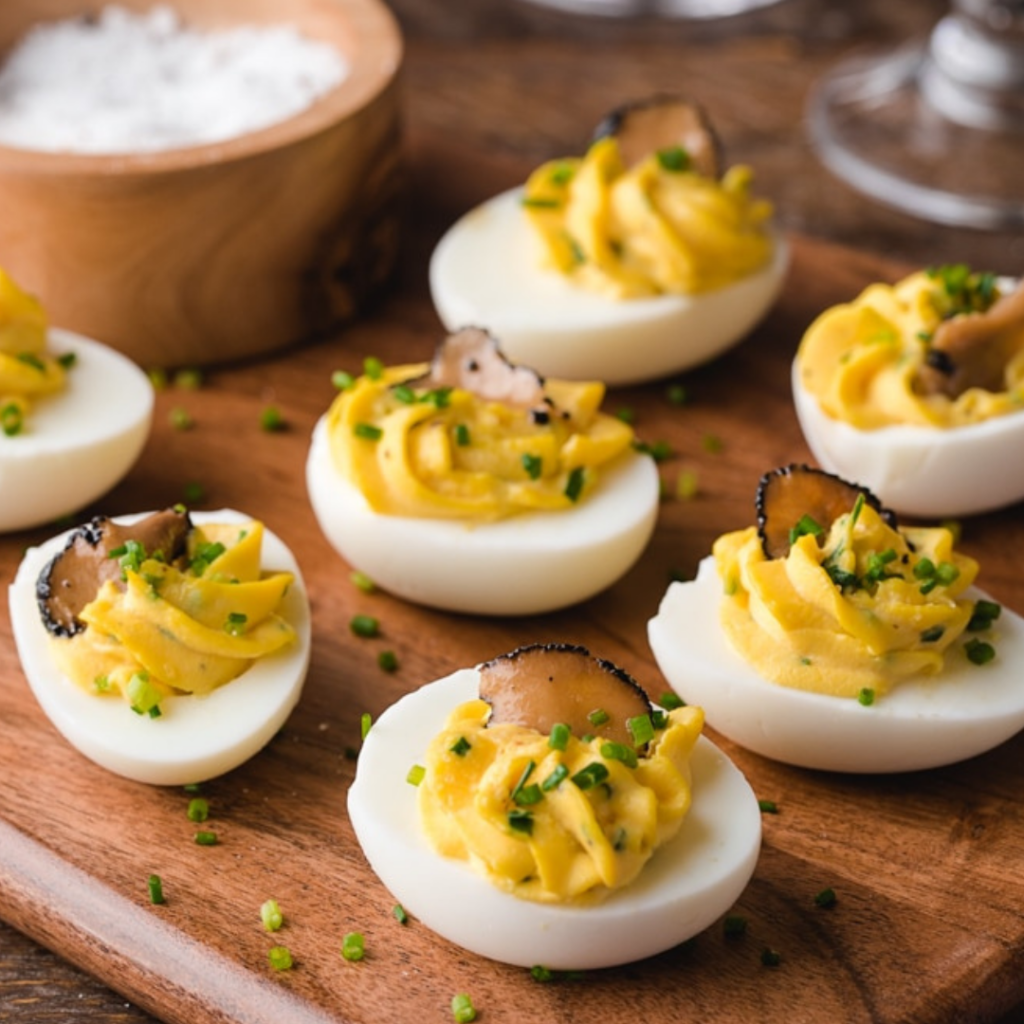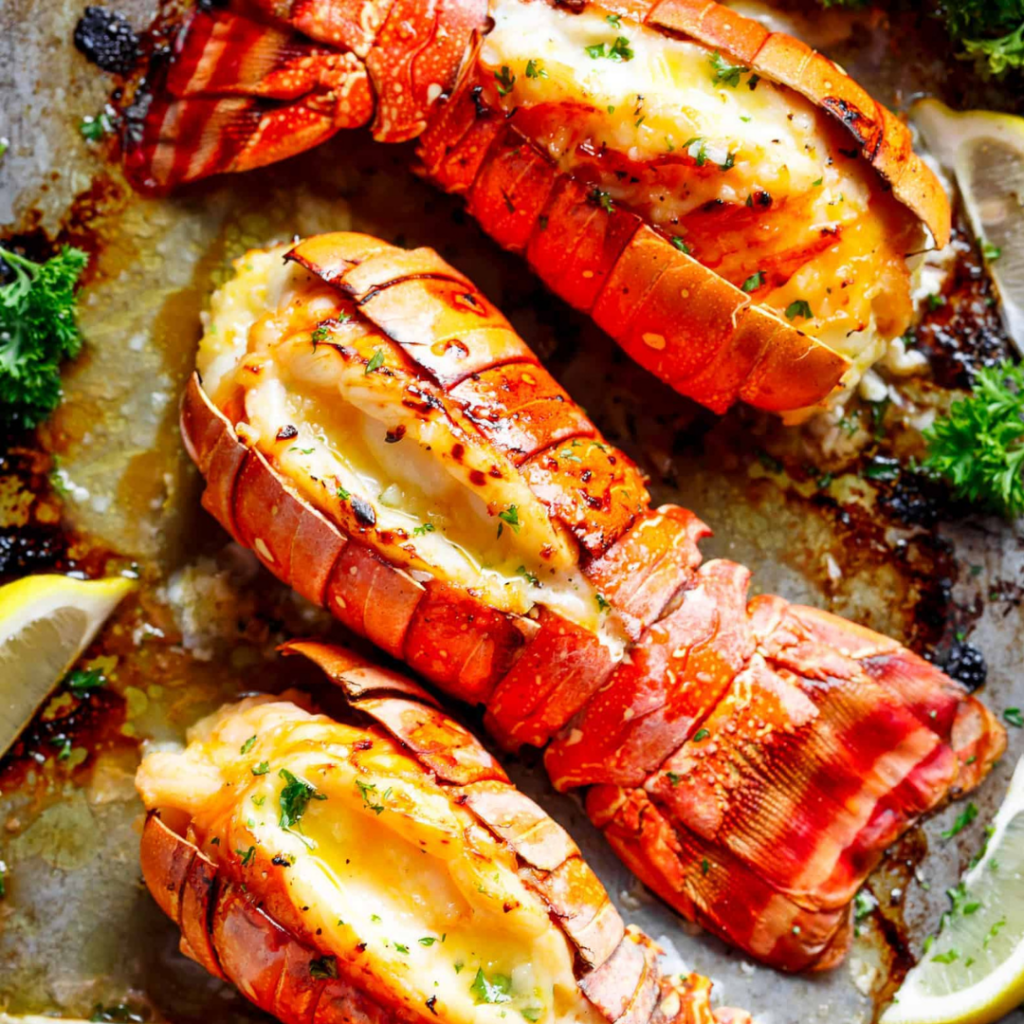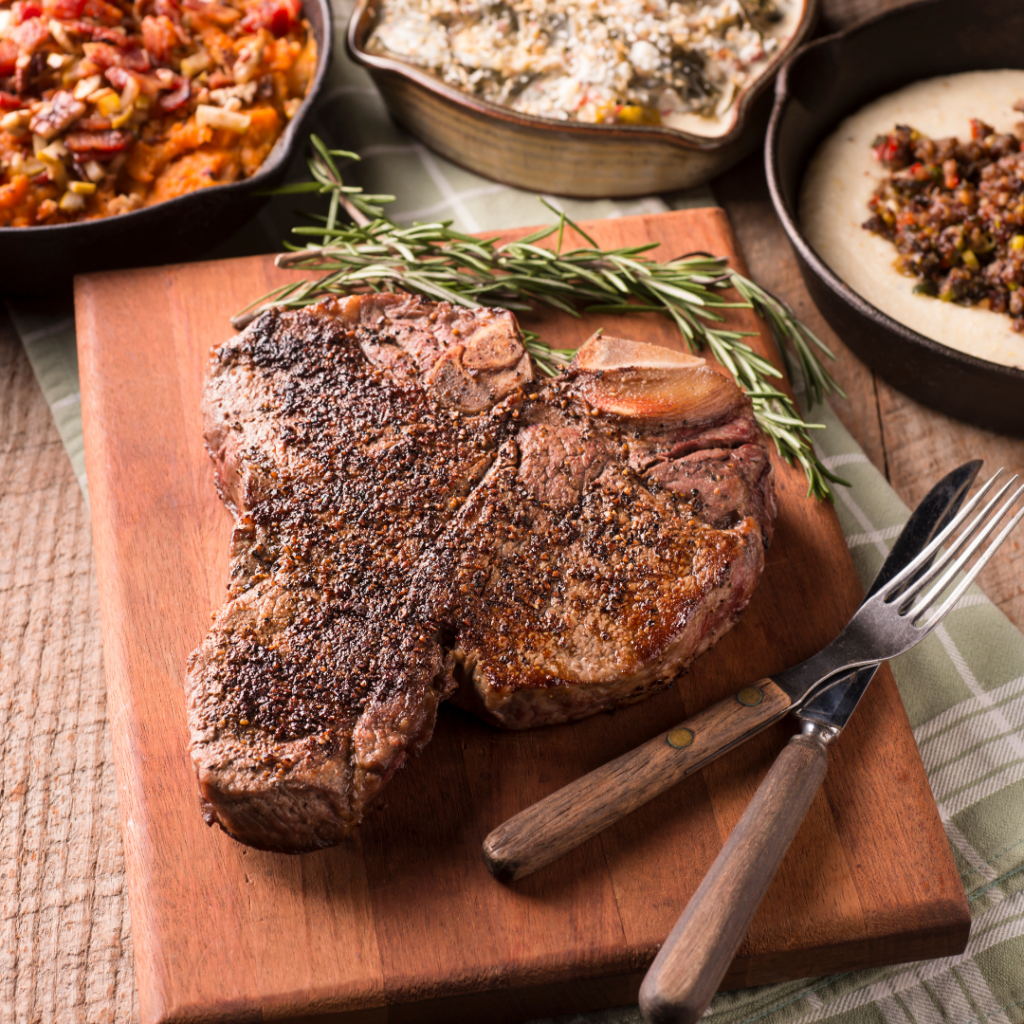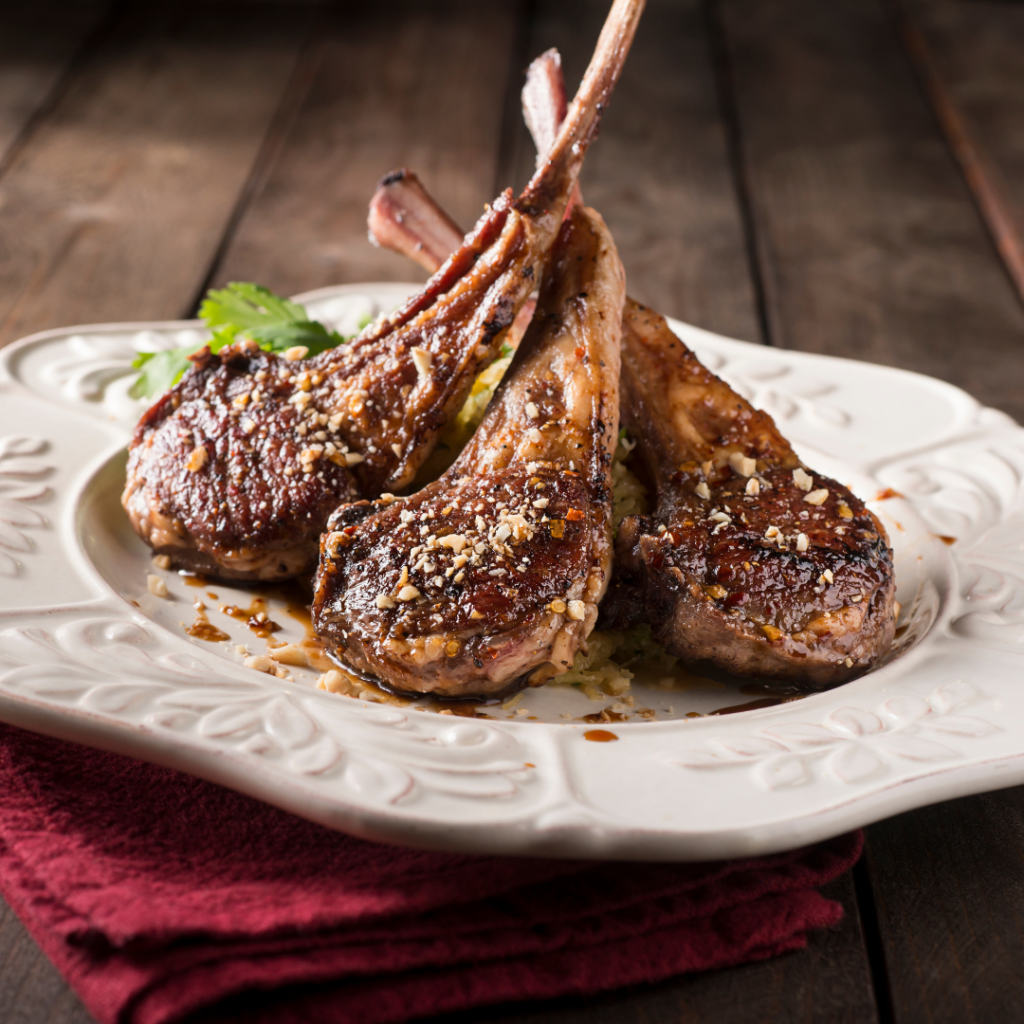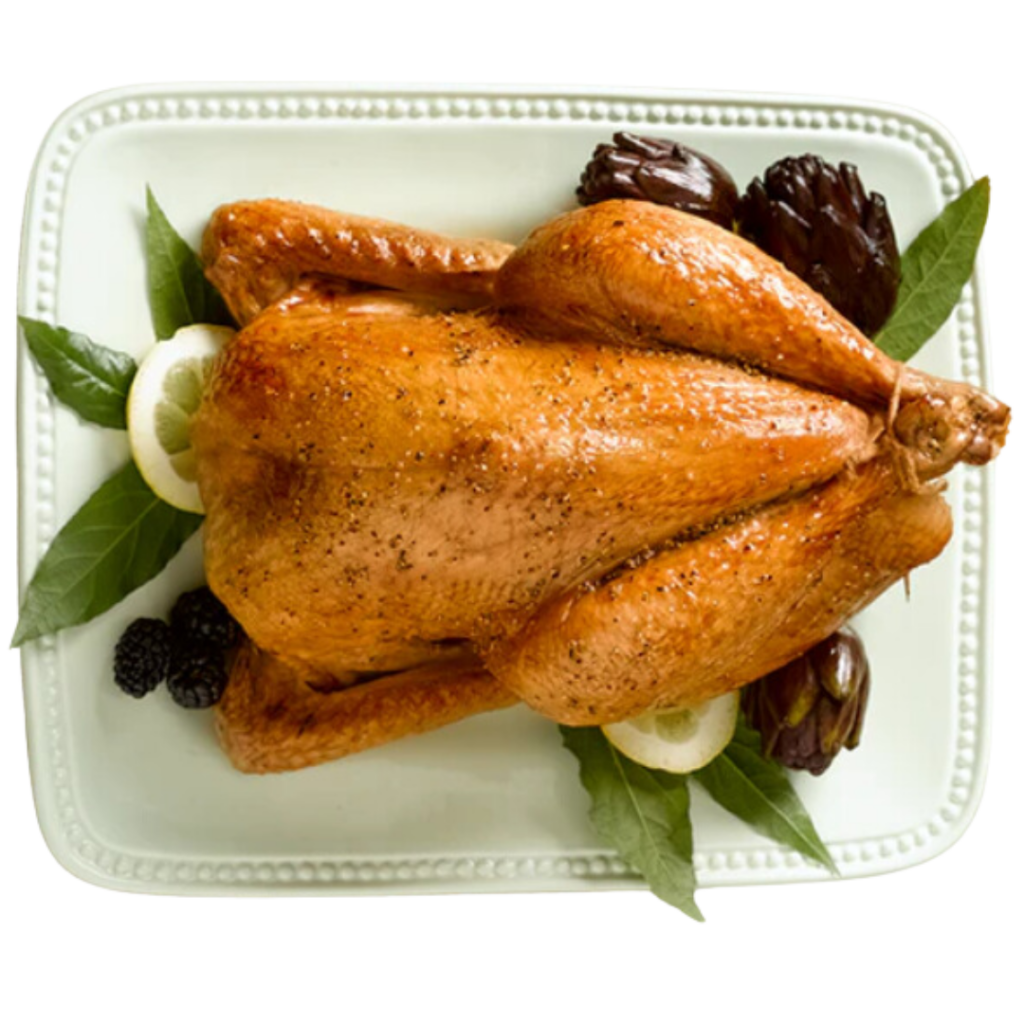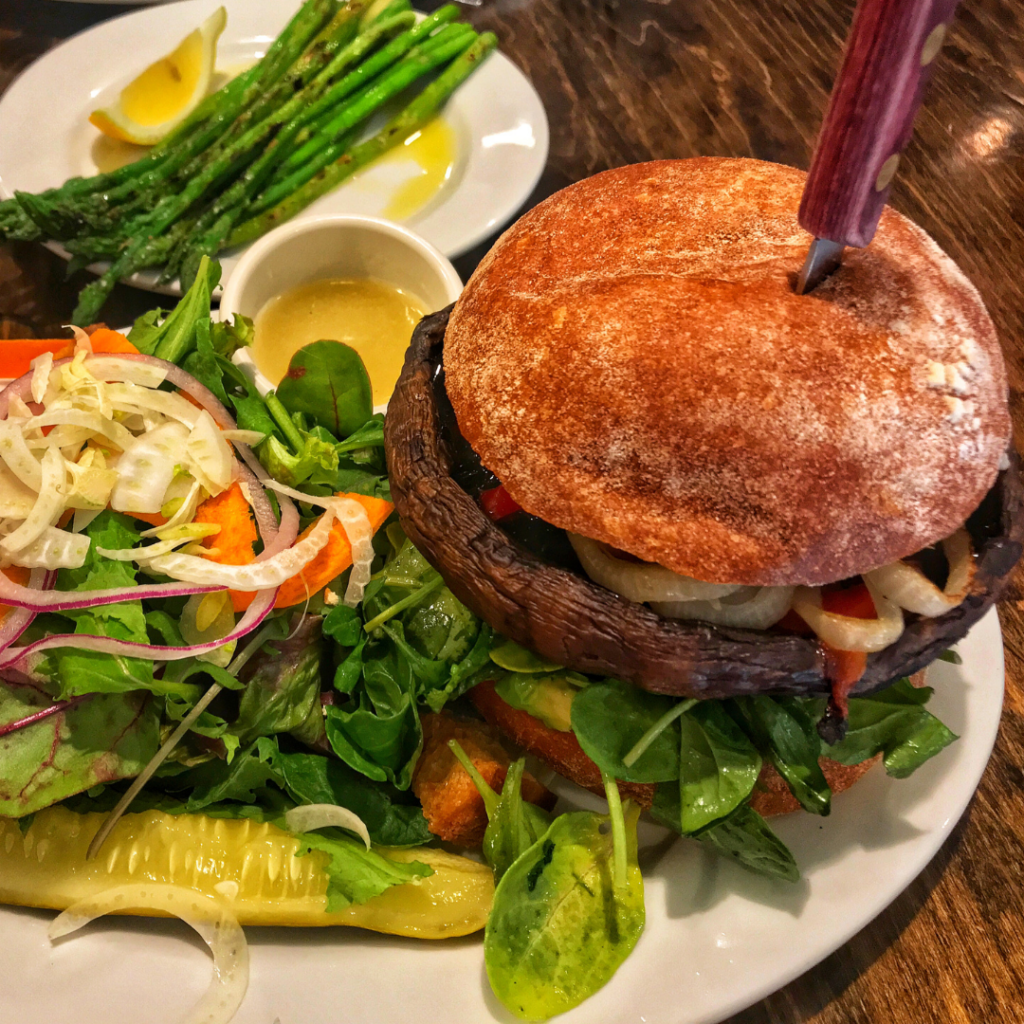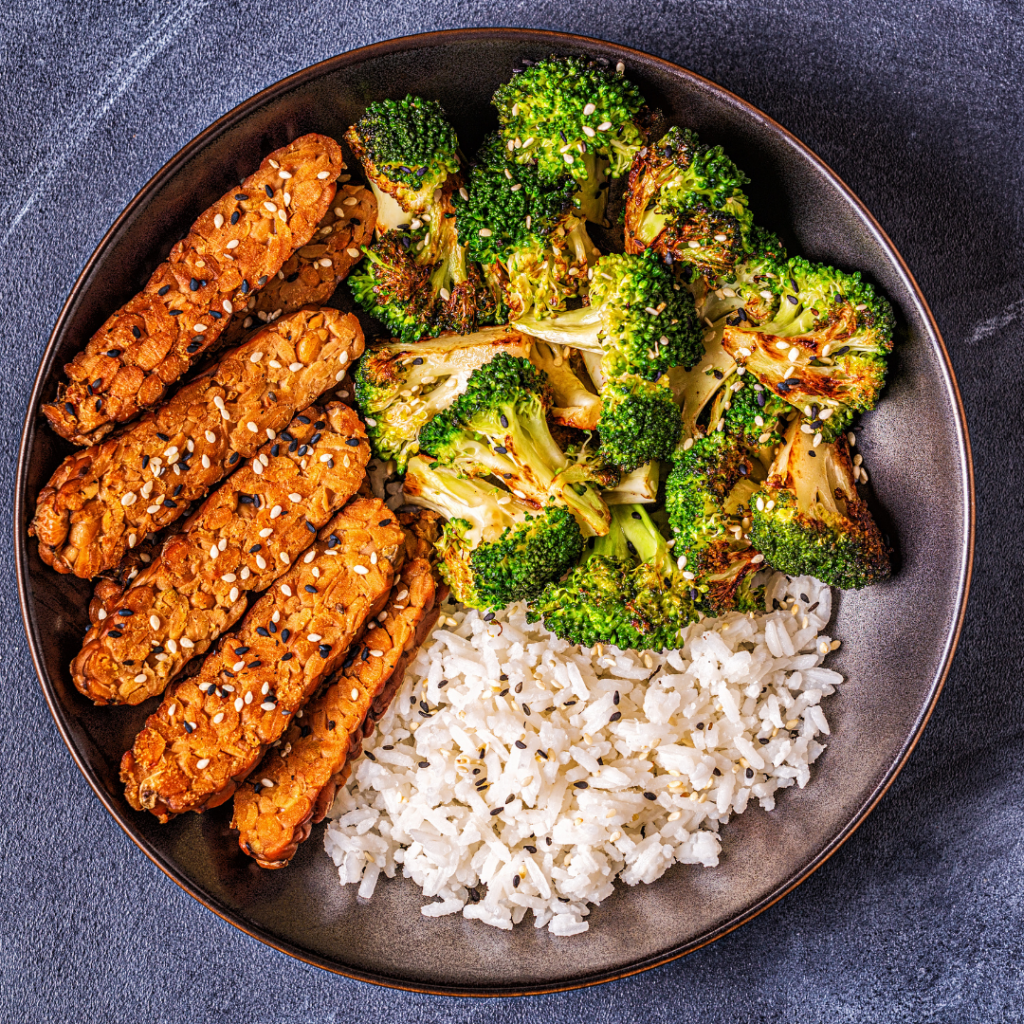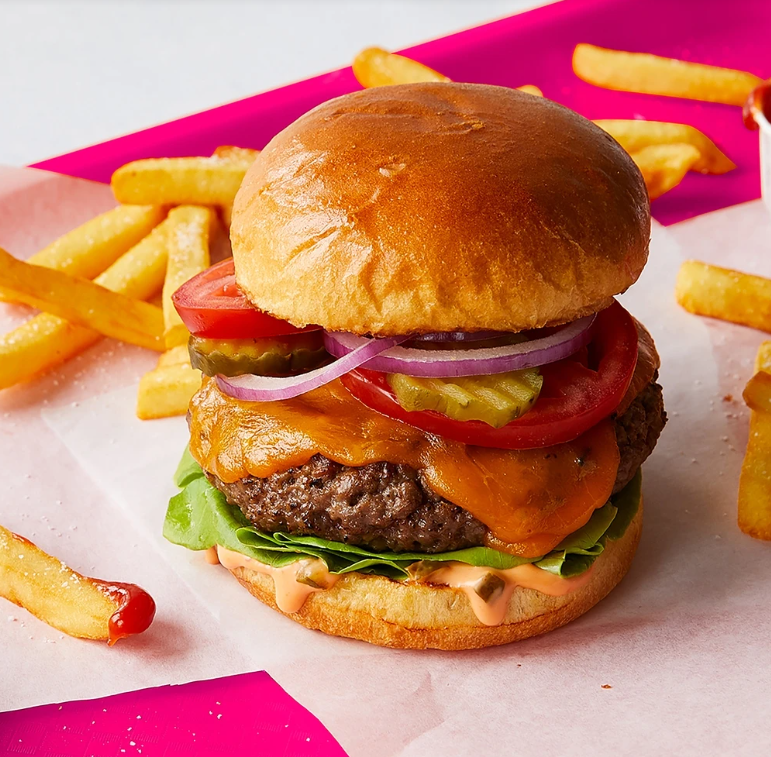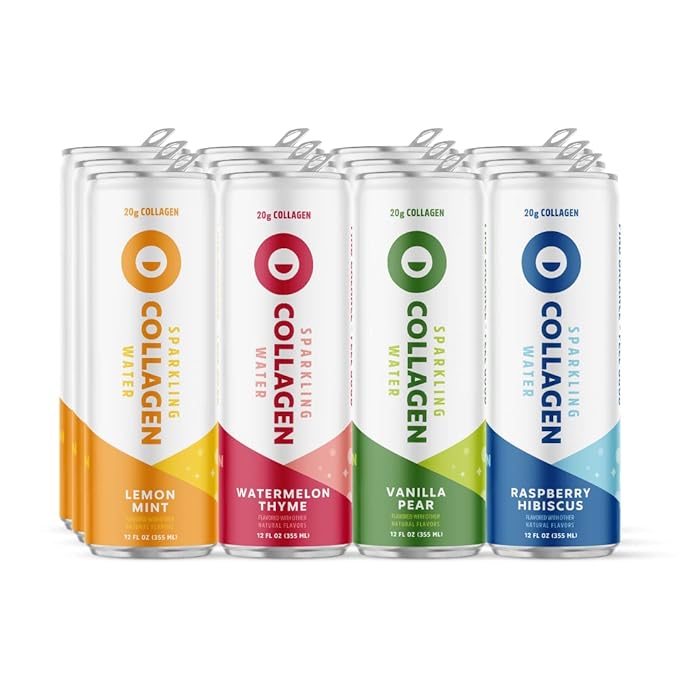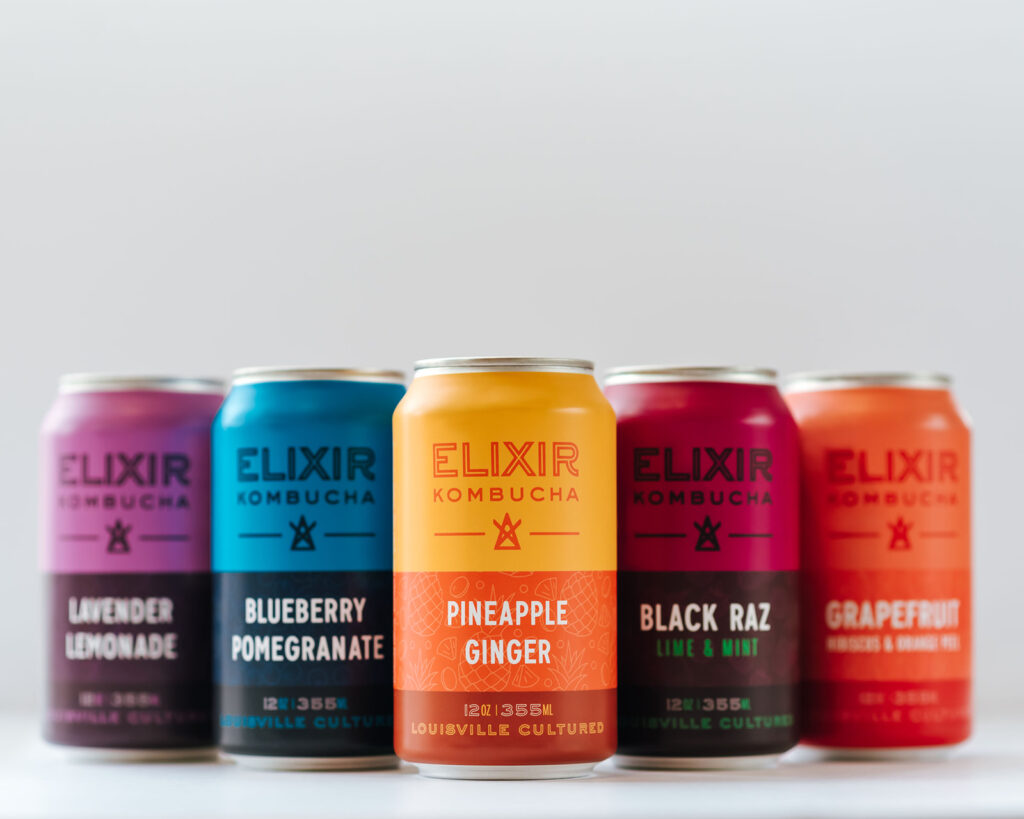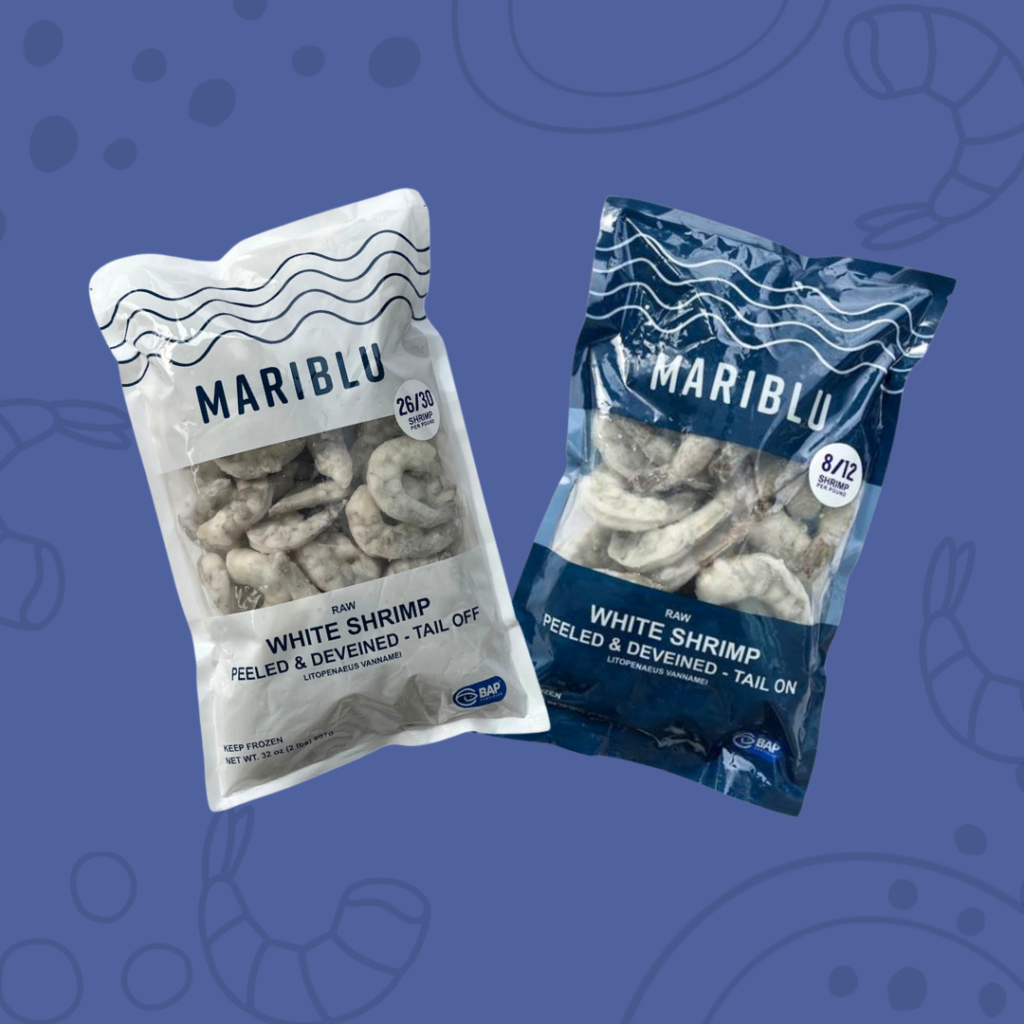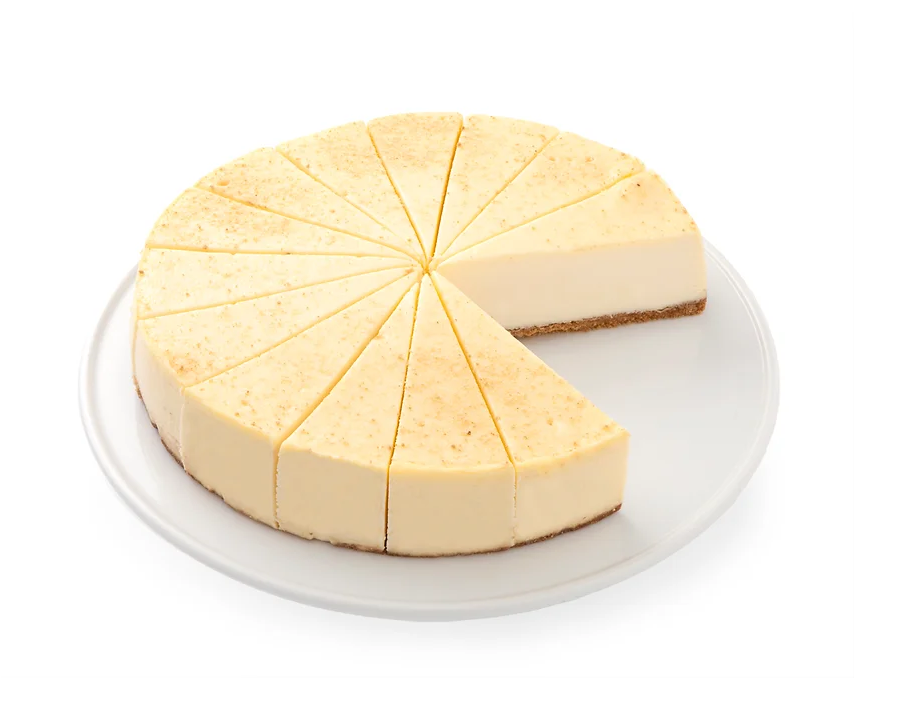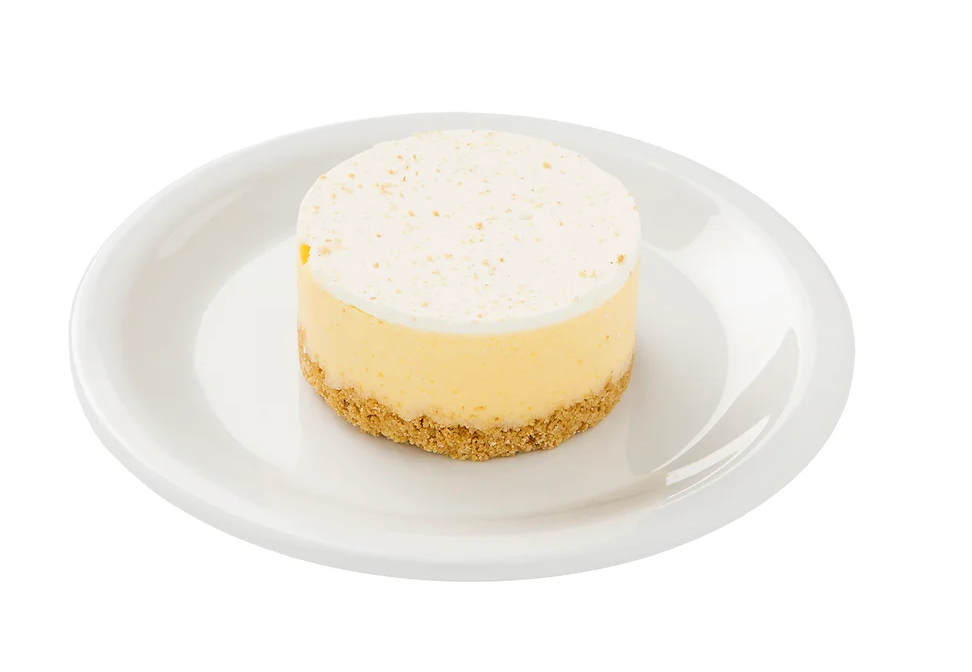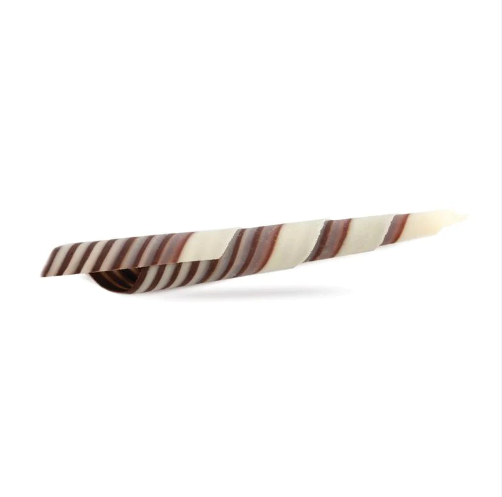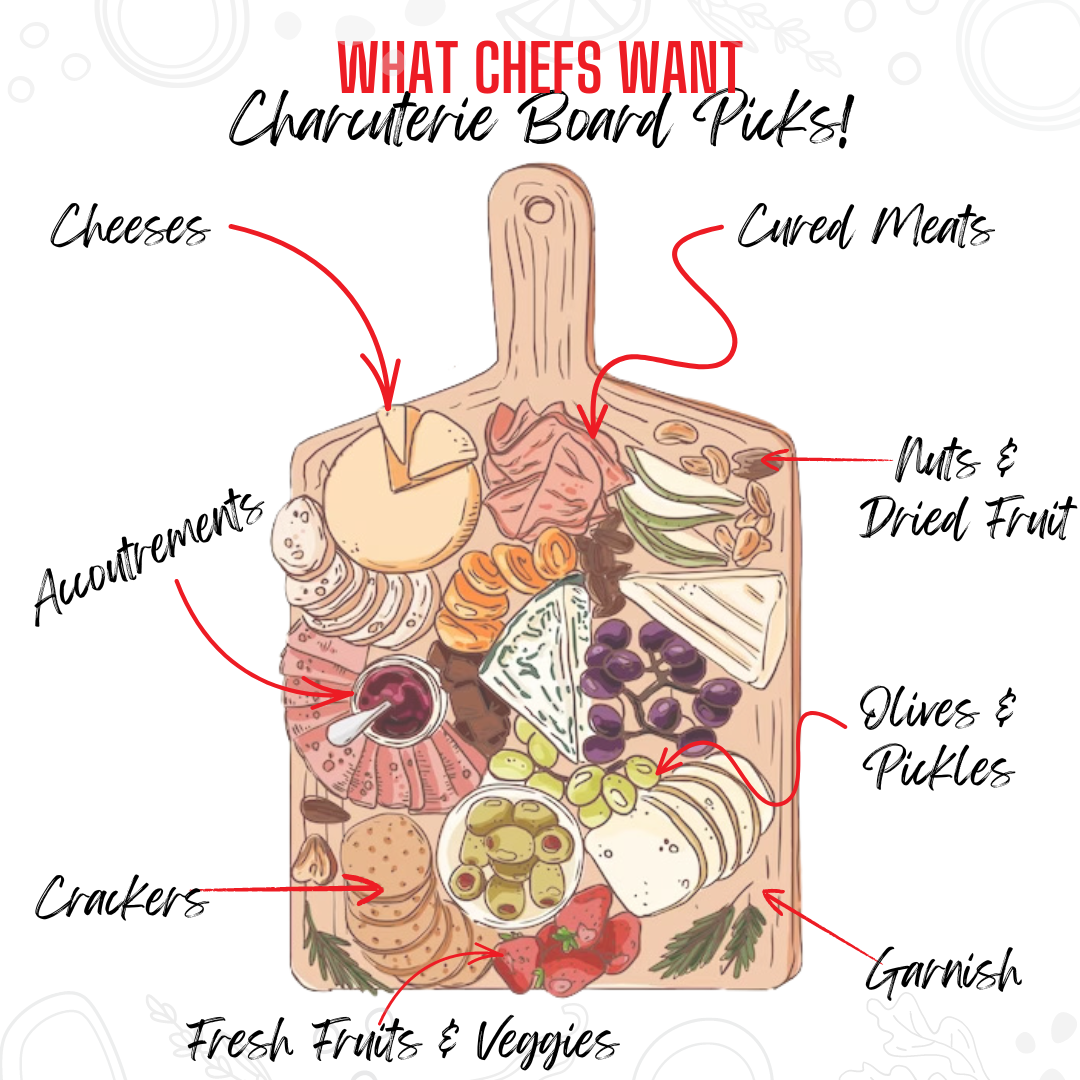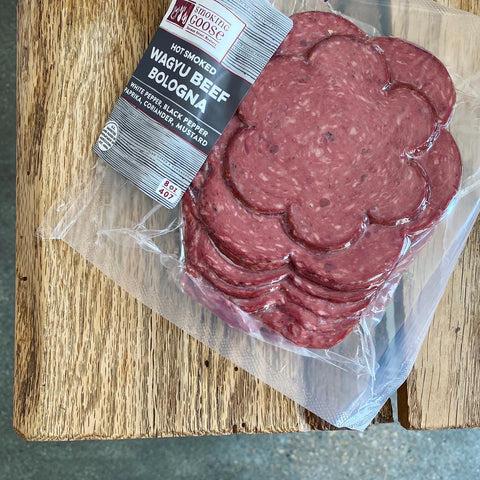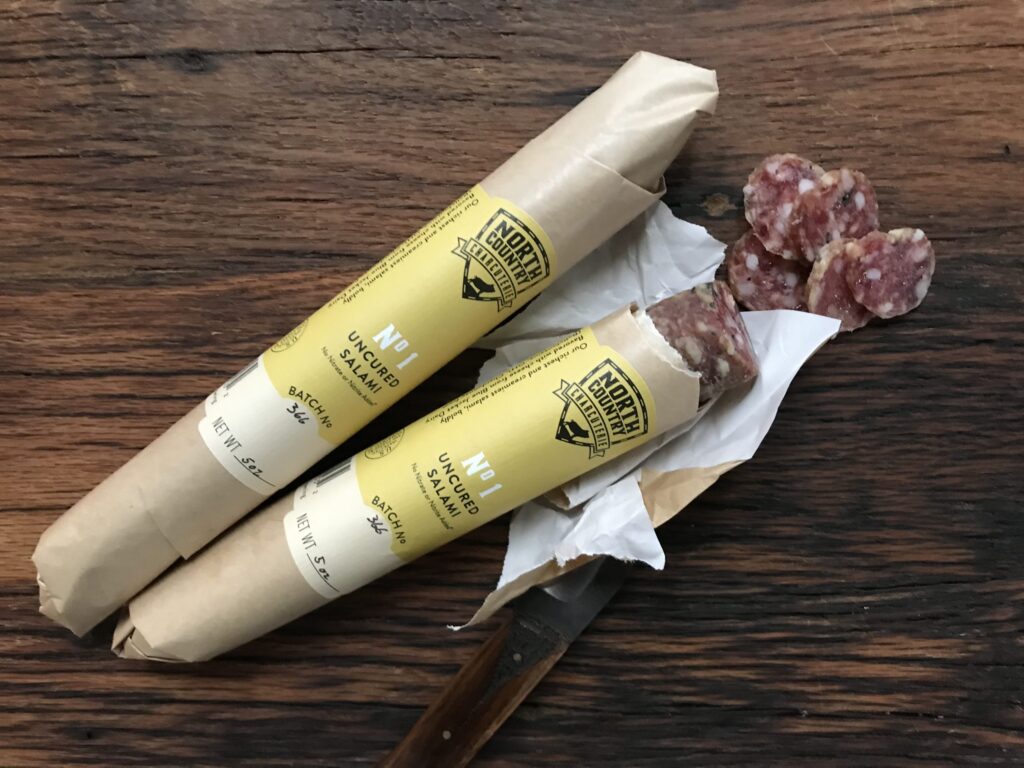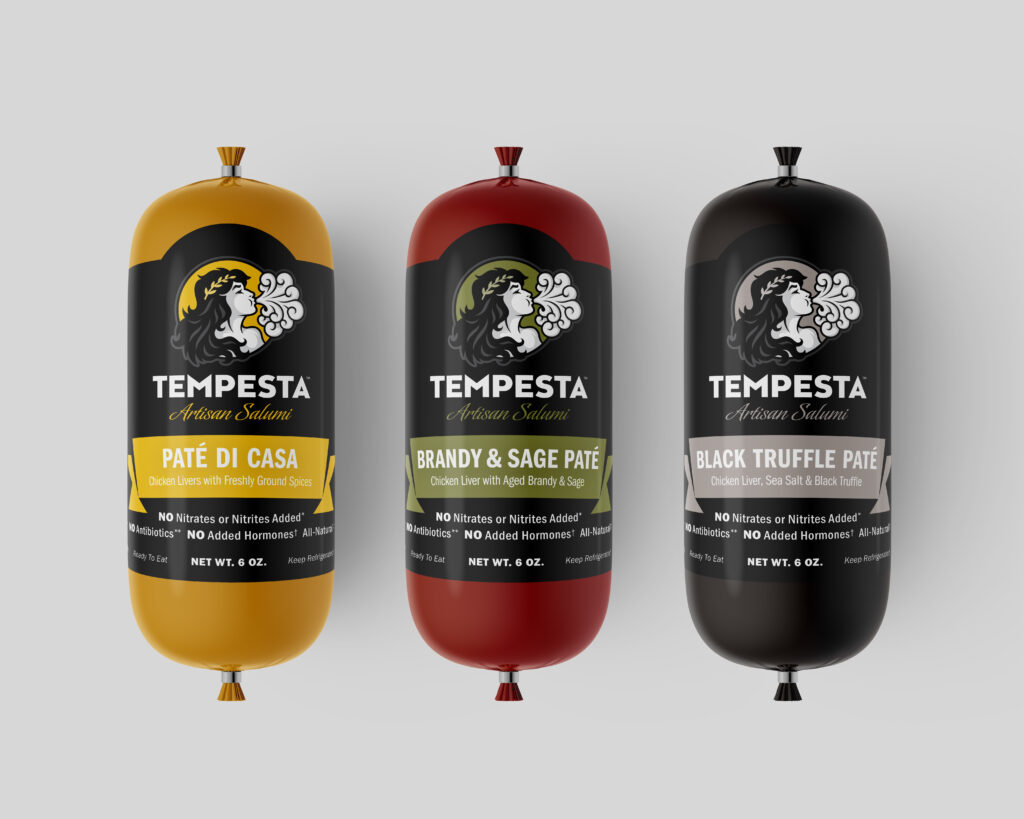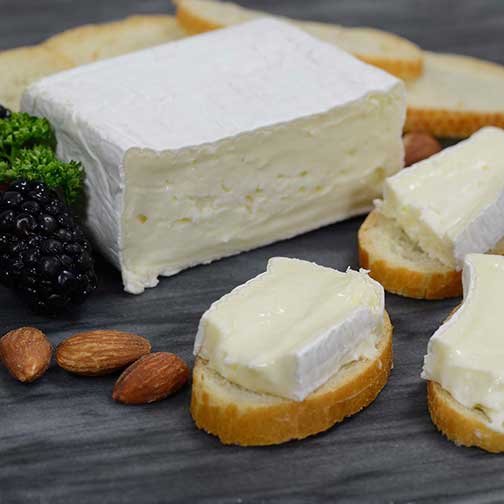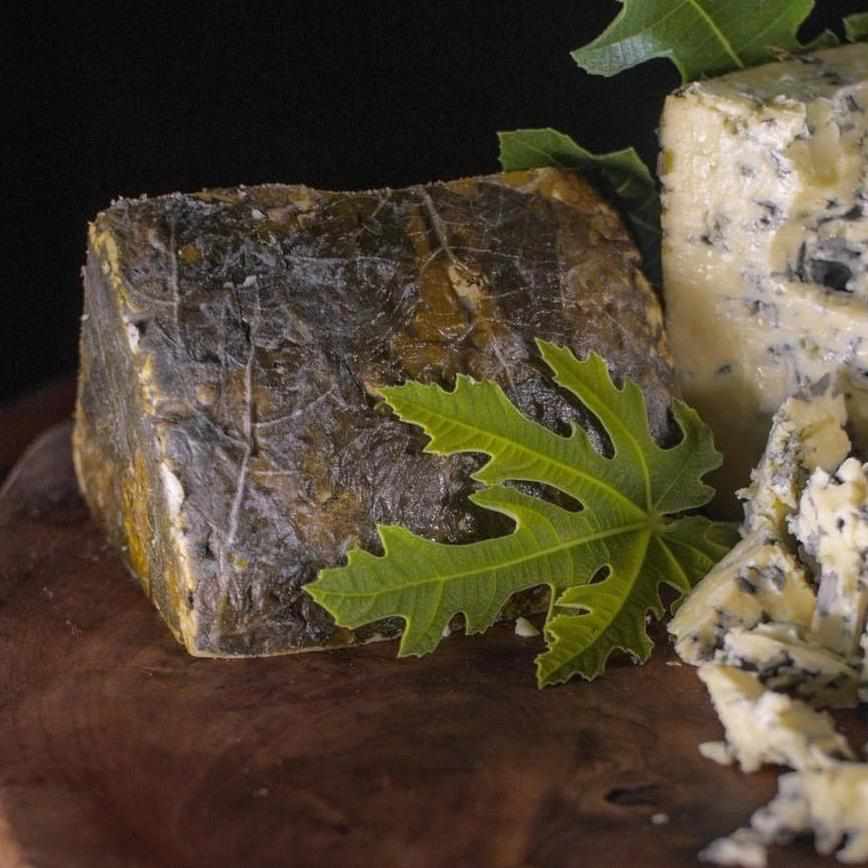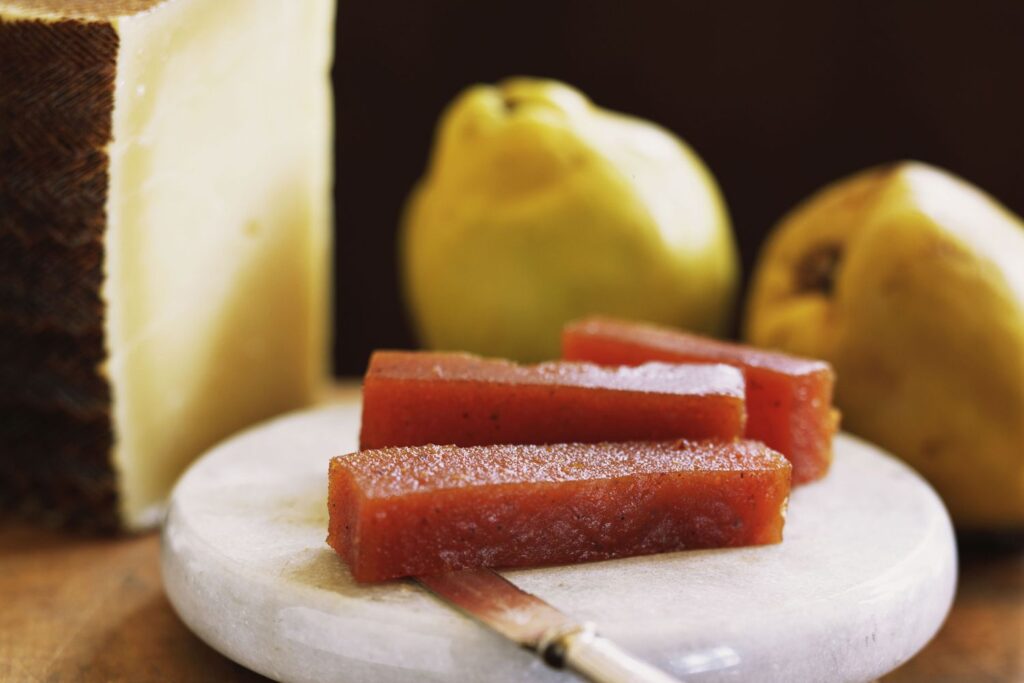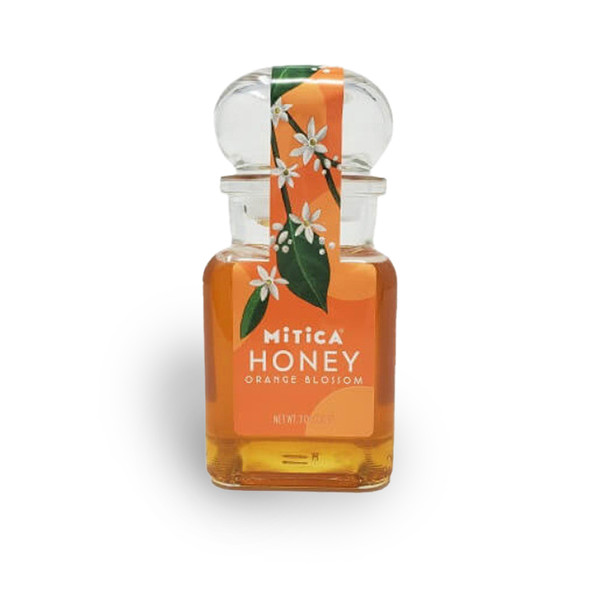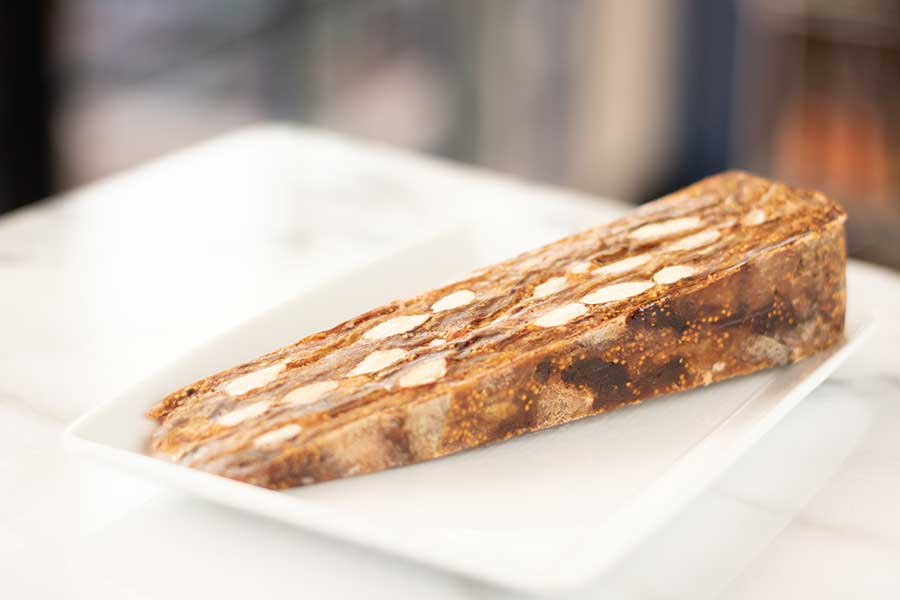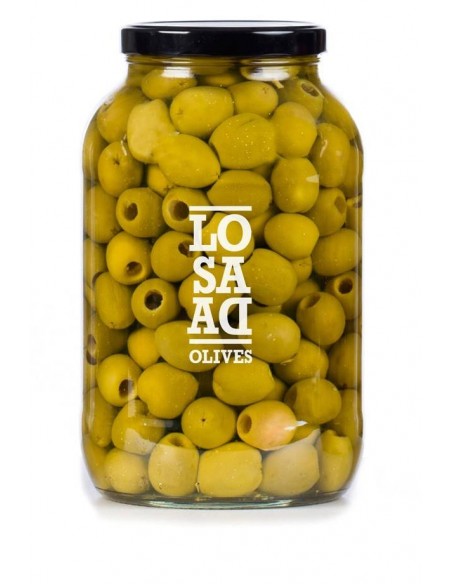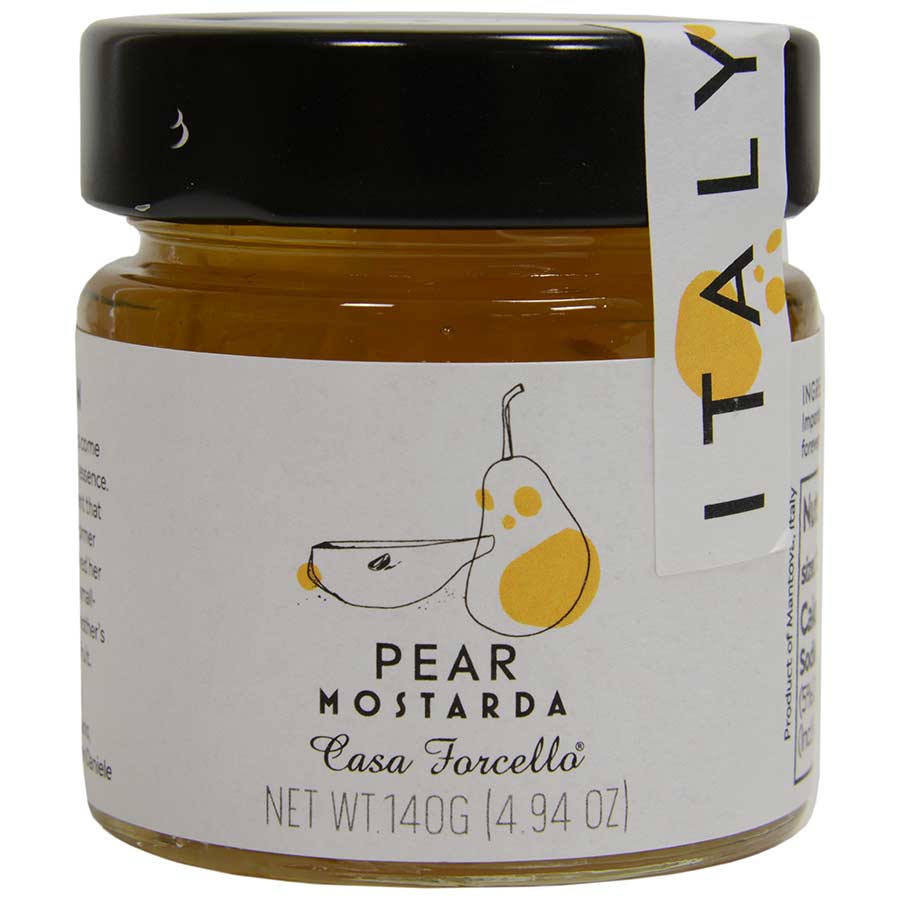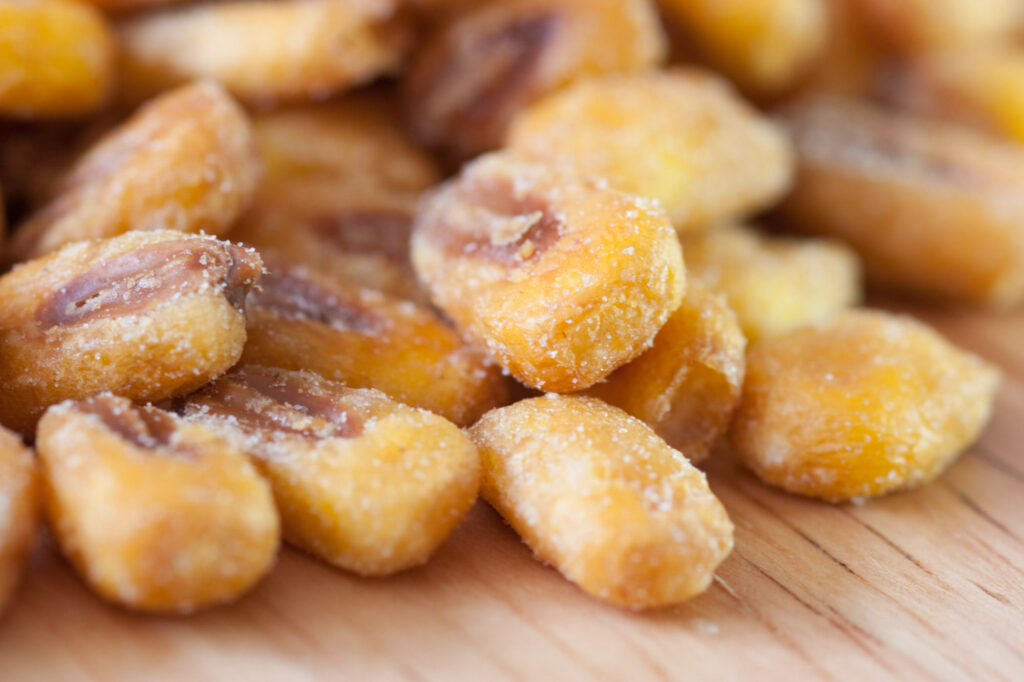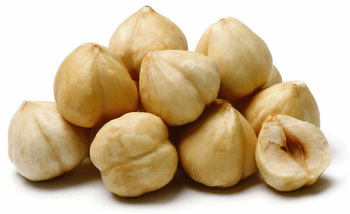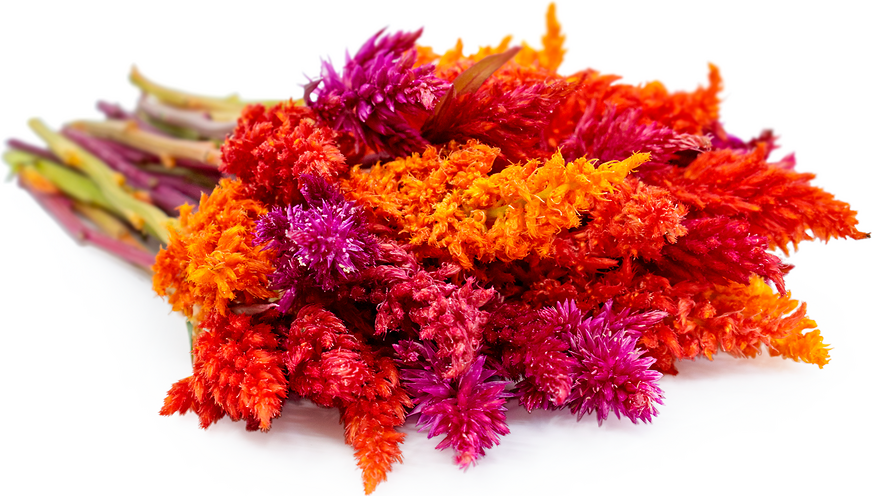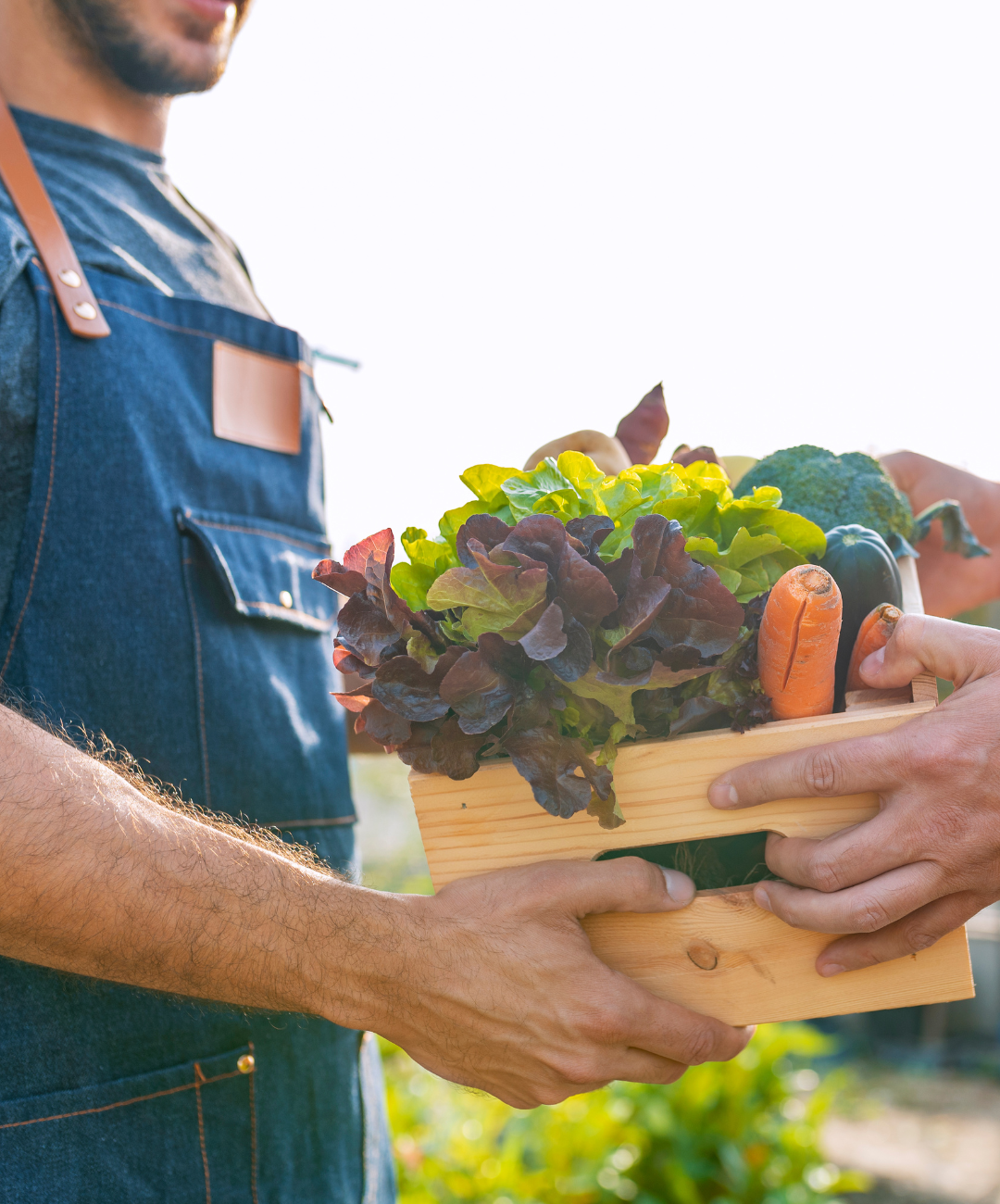
Meet Anna Haas, a driving force behind What Chefs Want’s Local Food Connection program. With a knack for forging bonds between farmers and chefs and a bold vision for revolutionizing local food systems, Anna has played a pivotal role in shaping the direction of Local Food Connection these last few years. As the program director for local foods, Anna is dedicated to empowering farmers and cultivating strong community ties. Keep an eye on the Local Food Connection Program as it grows in each of the regions that What Chefs Wants serves!
Join us as we ask about the beginnings of Local Food Connection, Anna’s insights, and the transformative impact of the What Chefs Want program on the local food landscape, starting in the Midwest and building beyond.

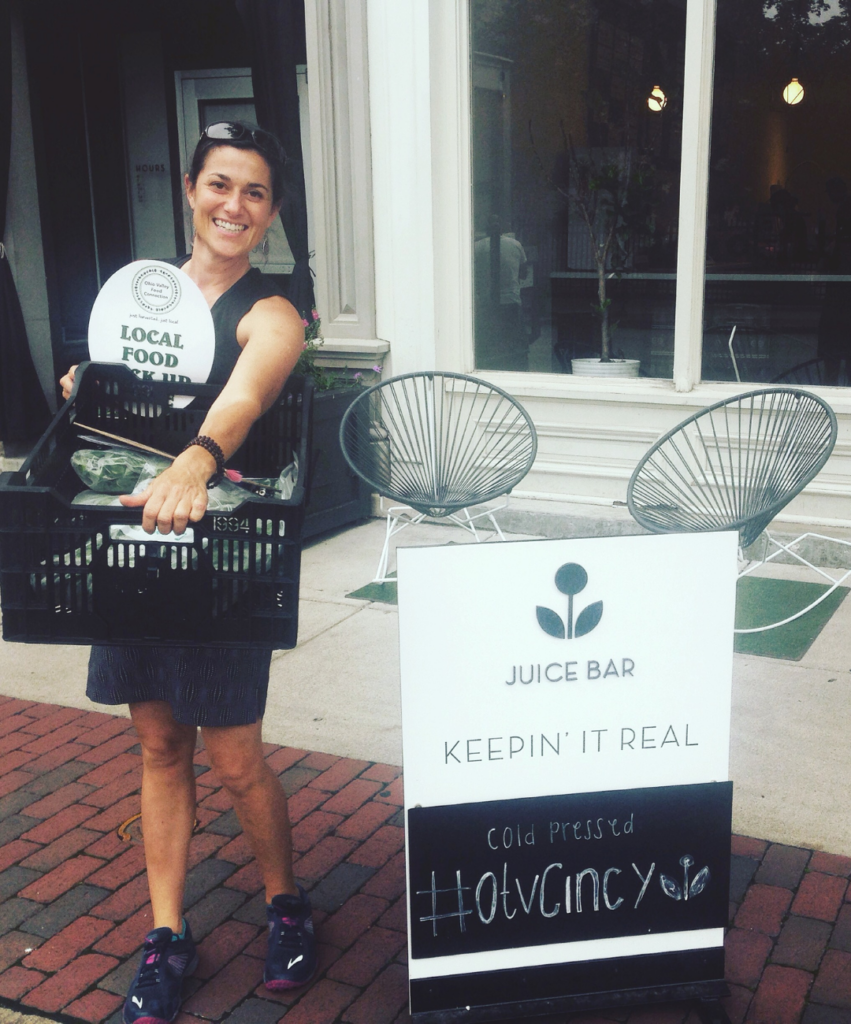
By the way … Great local food depends on continuing to build our partnerships with other local food advocates. If reading this reminds you of a program or a producer you know, contact our WOW Center and let them know to pass it on to Local Food Connection!
Q: Can you share how Local Food Connection got started?
Anna: Absolutely. It all began around 2014 when Alice Chalmers moved from the DC area to Cincinnati, Ohio. She was passionate about sustainable agriculture, preserving green spaces and building local. She and her friends and colleagues were intrigued by the concept of food hubs, which led to discussions about building one, which Alice decided to do in her new area.. She was also intrigued by the relationship between health and food, viewing food as medicine and recognizing the superior nutritional value of freshly harvested produce.
Alice launched Local Food Connection (originally known as Ohio Valley Food Connection) in 2015. This was the culmination of so many months reaching out extensively to farms and food businesses across the local foodshed, developing her business plan based on community needs, and eventually bringing in a refrigerated Sprinter van to kickstart her venture.
Q: What did this food hub do?
Anna: So essentially, the focus at that time revolved around establishing a distribution system that could connect local farms capable of supplying fresh produce with buyers through existing food hub software platforms. This system operates by allowing farms to list their available produce still in the ground, which buyers can purchase directly through the software. Once an order is received, typically on Wednesday night, the farmer promptly harvests the requested items within 12 hours, ensuring they are fresh and packed specifically for the client, complete with personalized labels detailing the contents.
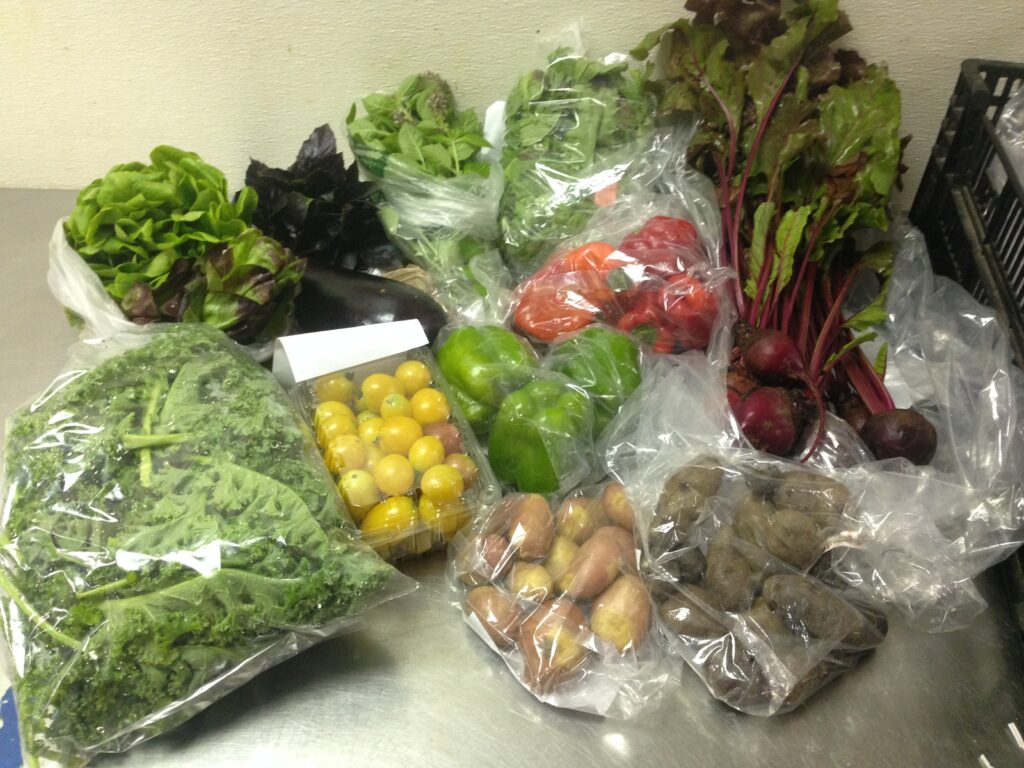
Q: What were the early challenges faced by Local Food Connection?
Anna: Distribution for small food producers was a major hurdle in the Ohio Valley area of southwestern Ohio, Northern Kentucky, and southeastern Indiana—like it still is in many places. While there was interest from both farmers and buyers, bridging the gap between them was tough without a reliable distribution system. Additionally, building relationships with restaurants and educating them about the benefits of local, just-harvested produce was crucial. Like most business owners launching a new venture, Alice faced setbacks, like the refrigerated van breaking down on our first day of operation, highlighting the complexities of distribution from the get-go.
Q: How did you evolve over time?
Anna: Despite the initial challenges, we saw rapid growth that enabled me to join the team, then others. By 2016, the hub’s second summer, we were already expanding our operations. We rented cooler storage spaces, collaborated with an incubator kitchen, and formed partnerships with other food hubs. Our focus remained on connecting local farms with buyers while ensuring the freshest produce reached consumers’ plates.


Q: What role did partnerships play in the growth of Local Food Connection?
Anna: Partnerships were instrumental in scaling our operations. In 2017, we collaborated with the sustainability non-profit Green Umbrella, and another food hub, securing USDA support via a local food promotion grant. This partnership aimed to utilize the infrastructure of both organizations to facilitate sales to institutions and was especially crucial in launching our farm-to-school program.
For instance, we were able to partner with the University of Kentucky at a strategic moment, amidst community demand for more Kentucky produce to help fulfill agreements in their dining contract. We successfully collaborated with them to introduce a new local program featuring salad bars with Kentucky-grown produce from six small farms. UK committed to a year of twice-weekly seasonal purchases, and we worked with participating farms to tailor their production accordingly. This partnership marked a significant milestone as one of our key clients, propelling our efforts to new heights.
To read more about the UK local program check out this link.
The other major partnership that took Local Food Connection to the next level was Cincinnati Public Schools. CPS signed on to the Good Food Purchasing Program and this is where we first partnered with What Chefs Want to provide the CPS system with something different from what other distributers were offering. Other distributors could say, “We buy local (generally) and will get it to you,” with programs that I like to call “lip-service local.” But we could say, “Hey, we’re able to tell you which farm this produce came from. This one’s organic, that one’s a small business, and this one’s just 34 miles away.” We could trace every veggie right back to its roots. And by our food hub partnering with What Chefs Want, a customer wouldn’t have to just stick to local in their order. They could still get bananas and oranges through What Chefs Want in the same delivery. Suddenly every farm’s possible footprint vastly multiplied and so much more became possible. I have to say – I’m especially excited about the potential here for farm-to-school and farm-to-institution in other states where I’m just now starting to learn more.
What role does education play in Local Food Connection?
Anna: We are listeners first – listeners to our producers and our customers. We have really tried to create a system that works for those at both ends–local food production and buying–and in doing so, we educate along the way.
We educate buyers on what they can buy that is a best fit for their type of enterprise, how to menu plan for seasonal local produce, and the stories behind their local food purchases. We educate producers on food safety certifications that they need and how to know what to grow. We take a lot of the work off their plates when it comes to figuring out what a retailer wants versus a restaurant versus a school and how to get it to everyone. We can start small and scale when they are ready. This allows us to work with small producers and help them build and grow with us.

Q: How did Local Food Connection maintain its values amidst growth and expansion?
Anna: In 2019, Local Food Connection became a part of What Chefs Want. After four years, the increasing demand for our local food initiatives made it evident that independently developing and managing a fleet of trucks, securing and setting up a new warehouse, among other tasks, was impractical. Especially considering that What Chefs Want already had these resources available just a short distance away.
Our commitment to supporting local farmers and providing fresh, nutritious produce never wavered. As we grew, we ensured that our systems prioritized transparency and sustainability. Educating buyers about seasonality, sourcing locally whenever possible, and advocating for fair prices for farmers remained at the core of our mission.
Because WCW already had a strong local program around its headquarters in Kentucky, we felt like our work became turbo-charged as we joined forces. LFC plus WCW instantly expanded our team to include individuals with diverse backgrounds in food systems, distribution, and sales. This allowed us to better manage logistics, coordinate with farmers and buyers, and ensure the quality and safety of our products. We also invested in technology to streamline operations and improve efficiency, though that journey just continues as we grow into new markets and the food system changes, too.
Q: What sets Local Food Connection apart from other food hub programs?
Anna: I want to give a shout-out first to all the food hubs out there. What food hubs across the country have in common is a deep understanding of the local food landscape and a hands-on approach to bridging the gap between farmers and buyers. Food hubs are facilitators of a thriving local food ecosystem. By focusing on relationships, education, and sustainability, food hubs across the country follow a model that not only supports farmers and buyers but also fosters their own communities dedicated to the principles of local food.
What makes US different now is that we have made the choice to embed our food hub program in a larger business but still maintain the same values. WCW, enhanced by LFC, is more than just a distributor; we’re changemakers in a way that sets us apart from other foodservice businesses of our class.
Q: What else do Chefs need to know about Local Food Connection and sourcing local foods?
Anna: It’s not an all or nothing thing. You can mix in some local selections, supporting a small or organic farm. They can think of supporting a farm as simple as adding a couple of $15 local items, or $25 local items. Or of course chefs can go all in with local and, with our help, plan in advance to bring in specific local goods for their menu. We can sit down with chefs and say, ok right now it’s February. This is what we’re going to have in July to September, so plan your menus now for July to September and when the time comes, these local items will be ready for you. One of the first steps you can take is reaching out to our WOW center and letting them know you’d like more resources on buying local and describe what you’re looking for. Mention LFC and that you read this blog!
Q: Can you share a success story of a local farmer or producer who has benefited from Local Food Connection’s support?
Anna: I would say one of the best examples is Lobenstein Farm, a small-to-mid-sized farm located just across the border in Indiana. They began with farmers markets but faced uncertainties in sales, as farmer’s markets really rely on traffic to the market, weather, etc. With our support, they added on to their six markets a week a more stable wholesale model. Initially, we purchased products on a just-in-time basis, but as they grew, we now buy from them by the case, integrating their products into our inventory system. This evolution has allowed them to scale up from being mainly a farmers market vendor; they are now a reliable supplier for countless restaurants, retailers, schools and universities, all done via us ordering from them and them dropping off two times a week.
Q: How has the expansion of Local Food Connection impacted the number of vendors you work with and sales?
Anna: WCW’s Midwest region now has 140 local vendors. They cover everything from meat and dairy to produce and local gourmet items and are all sizes.
It’s hard to even imagine this, but Local Food Connection grew from 100+ wholesale buyers in 2015 to over 4,900 distinct wholesale buyers in 2023!
Q: What does the future hold for Local Food Connection?
Anna: We’re committed to continuing our mission of connecting local farmers with buyers while promoting sustainability and transparency in the food system. As we expand into new markets and forge more partnerships, our goal remains the same: to support local agriculture, provide access to fresh, nutritious food, and strengthen communities. With each step forward, we’re guided by the values that have defined us from the beginning.
To learn more about Local Food Connection, visit our Local Food Connection page.


